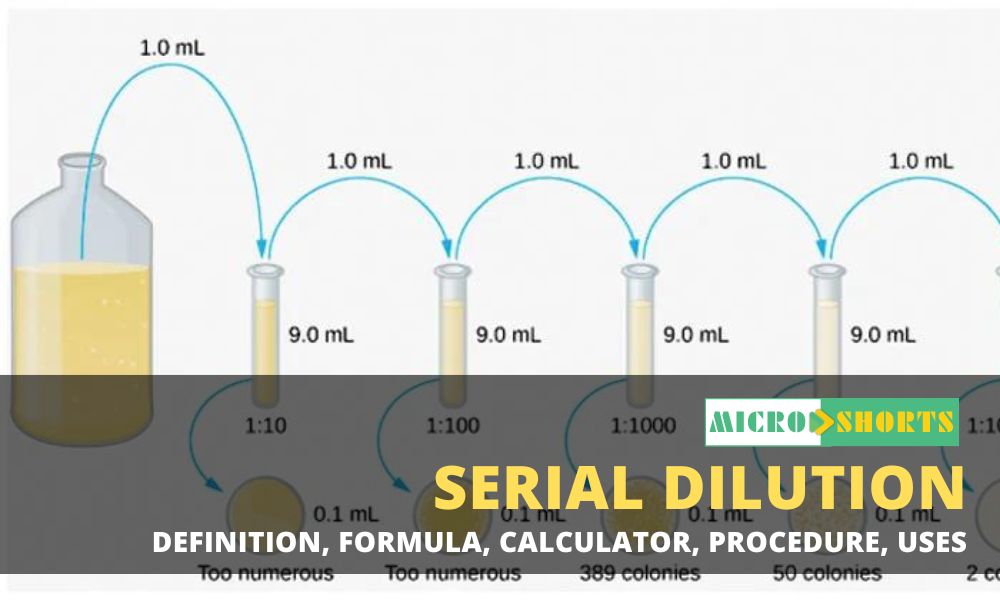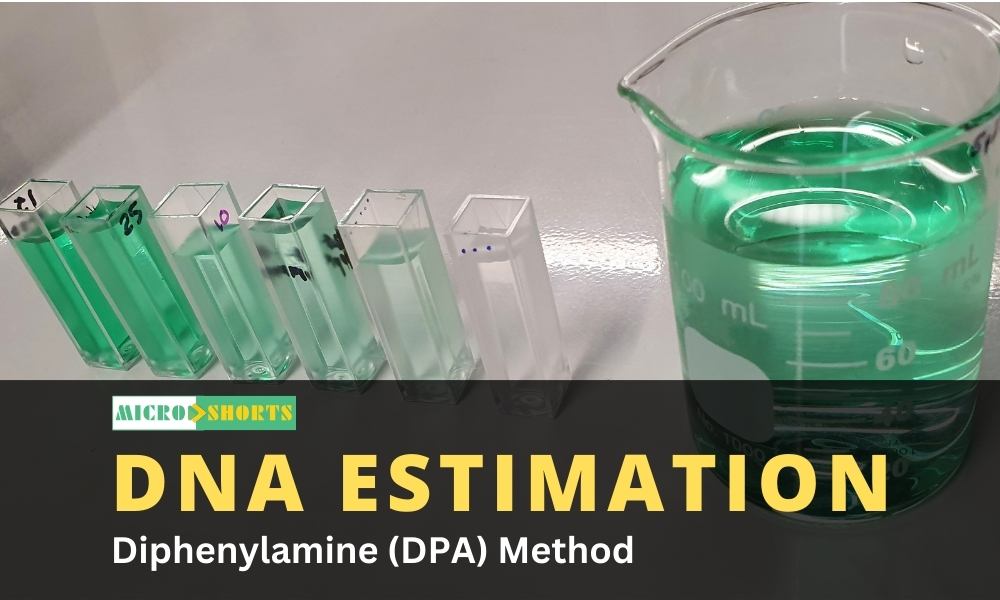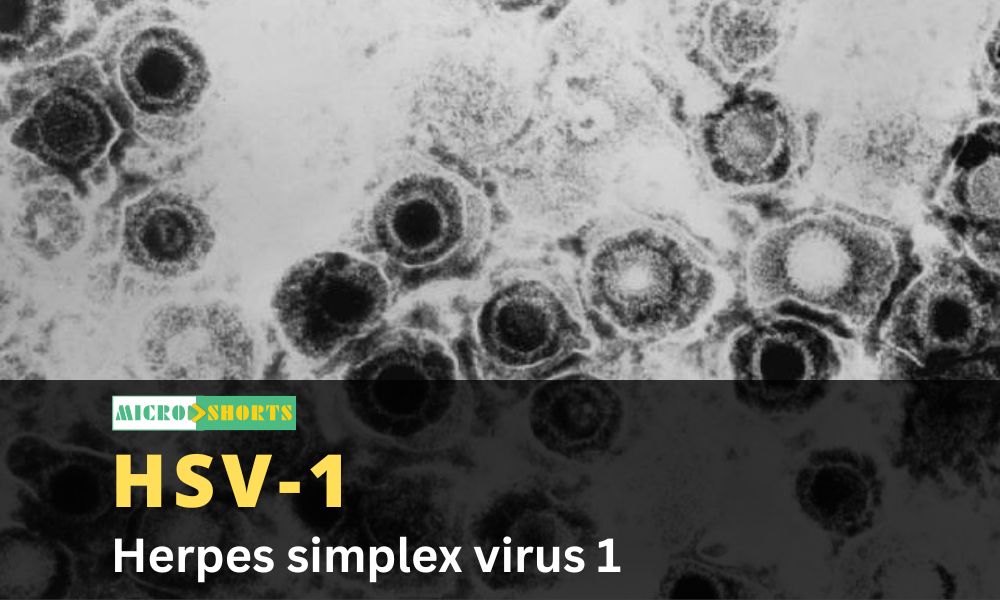Introduction
Fungal genomes are among the smallest genomes of eukaryotes. The sizes of fungal genomes range from less than 10 Mbp to hundreds of Mbp. The average genome size is approximately 37 Mbp in Ascomycota, 47 Mbp in Basidiomycota and 75 Mbp in Oomycota.
The sizes and gene
numbers of the smallest genomes of free-living fungi such as those of Wallemia
ichthyophaga, Wallemia
mellicola or Malassezia
restricta are
comparable to bacterial genomes. Some fungi exist as
stable haploid, diploid, or polyploid cells, others change ploidy in response to
environmental conditions and aneuploidy is also observed in novel
environments or during periods of stress
Principle
The method involves disruption of fungal
cells by employing homogenizer followed by inactivation of proteins using
CTAB/Proteinase K. Further purify by chloroform: iso amyl alcohol and
precipitated with absolute alcohol. The DNA yields from fungal isolate varied
from 310 to 1879 μgm / gm of dry mycelium. Absorbancy ratio of 260/280 ranged
from 1.7 to 1.9 which indicates minimal presence of contaminating metabolites.
Requirements
1) Growth
of Aspergillus niger on PDA medium.
2) Extraction
buffer
3) Homogenizer
4) Water
bath maintained at 60°c
5) phenol:
chloroform: isoamyl alcohol (25:24:1)
6) chloroform:
isoamylealcohol (24:1)
7) 100%
Ethanol
8) 70%
Ethanol
9) TE
buffer
10) Electrophoresis
Unit
11) St.
Microfuge tubes
12) St. Tip
box
13) Autopipette
Procedure
1.
Take fungal mass (approx.200 mg) from cultured plate
and place in microfuge tube containing 800 μl extraction buffer and homogenized
for 10 minutes.
2.
Put the tubes in water bath, maintain at 60°c for 30
min.
3.
Centrifuge at 10,000 rpm for 10 min.
4.
Transfer supernatant in to fresh microfuge tube.
5.
Add equal volume of phenol: chloroform: isoamylealcohol
(25:24:1) in supernatant mix well and centrifuge at 10,000 rpm for 10 min.
6.
Transfer supernatant in fresh tube.
7.
Add equal volume of chloroform: isoamylealcohol (24:1)
in supernatant and mix well and do the centrifugation at 10,000 rpm for 10 min.
8.
Take upper aqueous layer in fresh microfuge tube and
add equal volume of 100% Ethanol or Absolute Alcohol.
9.
Incubate the tube for precipitation at -20°c for 30 min
10. Whole
content centrifuge at 10,000 rpm for 10 min to pallet down DNA.
11. DNA
pallet is washed with 800 μl 70% Ethanol and centrifuge at 10,000 rpm for 5
min.
12. Air
dry DNA pallets and dissolve DNA pallets in 30 μl TE buffer.
13. Analyze
the fungal DNA by running Agarose gel (0.8%) electrophoresis and perform
spectroscopy analysis by taking 260/280 ratio and quantify the fungal DNA.
Advantages of Fungi DNA
Fungi DNA, like DNA
in all living organisms, serves as the genetic blueprint for these organisms.
There are several advantages and unique characteristics associated with fungi
DNA:
·
Biodiversity:
Fungi represent a highly diverse group of organisms, and their DNA allows for
the study of this diversity. Fungi play crucial roles in ecosystems as
decomposers, symbionts, and pathogens, and understanding their genetic
diversity helps researchers better comprehend their ecological and evolutionary
significance.
·
Medicinal
and Biotechnological Applications: Fungi produce a wide range of bioactive
compounds, including antibiotics, immunosuppressants, and enzymes. Studying
their DNA can lead to the discovery of new pharmaceuticals and biotechnological
applications. For instance, penicillin, one of the most famous antibiotics, is
derived from the fungus Penicillium.
·
Mycorrhizal
Relationships: Many fungi form mutualistic relationships with plants, known
as mycorrhizae, where they exchange nutrients with the host plant.
Understanding the genetics of these interactions can help improve agriculture
and forest management by enhancing nutrient uptake in plants.
·
Bioremediation:
Some fungi can degrade complex organic compounds, making them useful in
bioremediation efforts to clean up polluted environments. DNA analysis can help
identify and manipulate these fungi for specific remediation purposes.
·
Food
Production: Fungi are essential in various food processes, such as
fermentation (e.g., brewing, baking, and cheese production) and the production
of edible mushrooms. DNA studies can aid in selecting and breeding strains with
desired characteristics, improving food production.
·
Disease
Diagnosis and Management: Fungal pathogens can affect plants, animals, and
humans. DNA-based techniques, such as PCR and DNA sequencing, are valuable
tools for identifying and studying these pathogens, enabling better disease
management strategies.
·
Evolutionary
Studies: Fungi have a long evolutionary history, and their DNA provides
insights into the evolution of life on Earth. By comparing fungal DNA with that
of other organisms, researchers can unravel the evolutionary relationships
among species.
·
Conservation:
Understanding the genetic diversity of fungi is essential for conservation
efforts, especially for endangered or rare species. DNA analysis can help
assess population sizes, genetic variability, and potential threats to fungal
species.
·
Drug
Discovery: Fungi are a rich source of secondary metabolites with potential
therapeutic properties. Investigating fungal DNA can lead to the discovery of
novel compounds for drug development.
·
Environmental
Monitoring: Fungi are sensitive to environmental changes, and their DNA can
be used as a bioindicator to assess the health of ecosystems. Changes in fungal
communities can provide early warnings of ecological disturbances.
In summary, studying
fungi DNA offers a wide range of advantages, from advancing biotechnology and
medicine to enhancing our understanding of ecology, evolution, and the
environment. It has practical applications in various fields and contributes to
our knowledge of these important and diverse organisms.
Limitations of Fungi DNA
Fungi DNA, like all
DNA, has certain limitations that can affect research and applications related
to fungi. Some of these limitations include:
·
Lack of
complete genome sequences: While the number of fungal genome sequences has
increased significantly over the years, there are still many fungi for which
complete genome sequences are unavailable. This limits our understanding of
their genetics and biology.
·
Heterozygosity:
Many fungi have complex and highly heterozygous genomes. This can make it
challenging to assemble their genomes accurately, which can affect our ability
to study their genetic makeup and functions.
·
High
diversity: Fungi represent a highly diverse group of organisms with a wide
range of lifestyles and ecological roles. This diversity can make it difficult
to generalize findings from one fungal species to another, as their genetics
and biology can vary significantly.
·
Limited
genetic tools: In comparison to model organisms like yeast and certain
filamentous fungi, many fungi lack well-developed genetic tools and resources
for manipulation. This can hinder research on less-studied fungi.
·
Fungal
evolution: Fungi have undergone complex evolutionary processes, including
horizontal gene transfer, hybridization, and gene duplication events. These
processes can complicate the interpretation of fungal DNA and its evolution.
·
Non-coding
regions: Fungal genomes, like other eukaryotes, contain a significant
portion of non-coding DNA. Understanding the function and regulation of these
non-coding regions can be challenging.
·
Epigenetic
regulation: Fungi, like other organisms, have epigenetic mechanisms that
play a crucial role in gene regulation. These mechanisms can involve DNA
methylation, histone modifications, and other processes that add layers of
complexity to the study of fungal DNA.
·
Environmental
influences: Fungi are highly adaptable and can undergo significant changes
in their gene expression and genetic makeup in response to environmental
conditions. This plasticity can make it challenging to study their DNA under different
contexts.
·
Lack of
genetic diversity in culture collections: Many studies rely on fungal
strains that have been isolated and maintained in culture collections for
years. These strains may not represent the genetic diversity found in natural
populations, which can limit the generalizability of research findings.
·
Ethical
and practical challenges: In some cases, obtaining fungal DNA for research
may involve ethical considerations, especially when dealing with rare or
endangered species. Additionally, some fungi can be difficult to culture and
work with in the laboratory.
Despite these
limitations, advances in DNA sequencing technologies, bioinformatics, and
fungal research techniques continue to improve our understanding of fungi and
their genetics. Researchers are making strides in overcoming these challenges
to unlock the potential benefits of fungi in various fields, including
medicine, agriculture, and biotechnology.









Comments